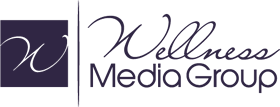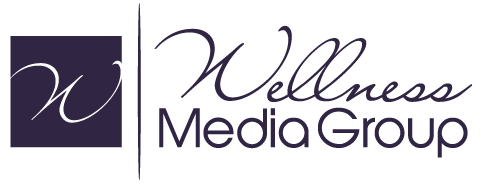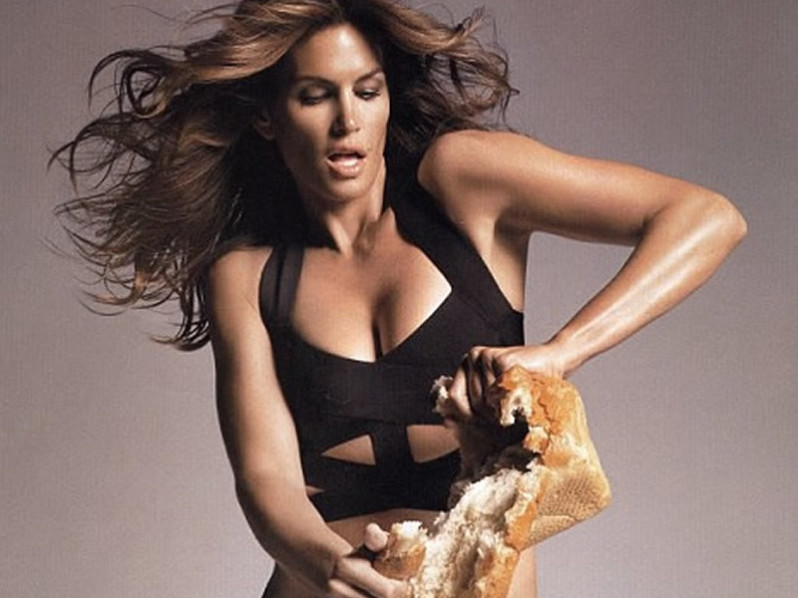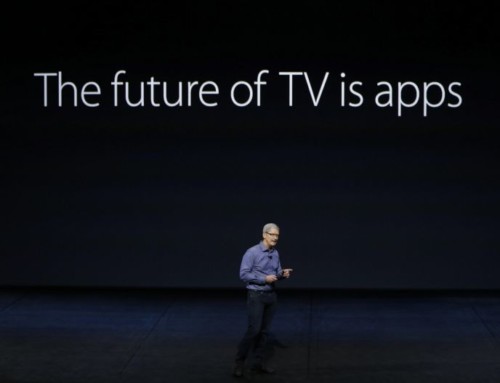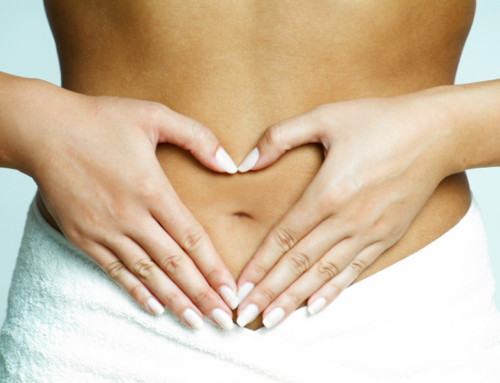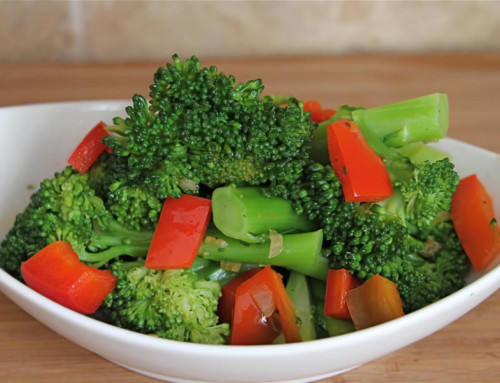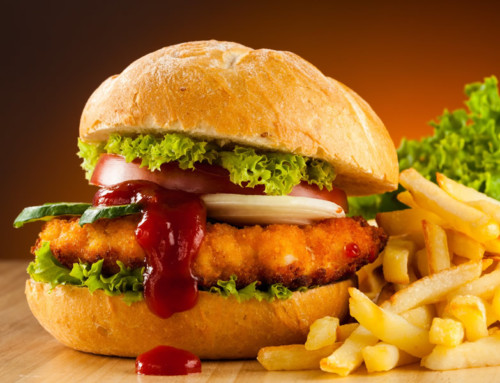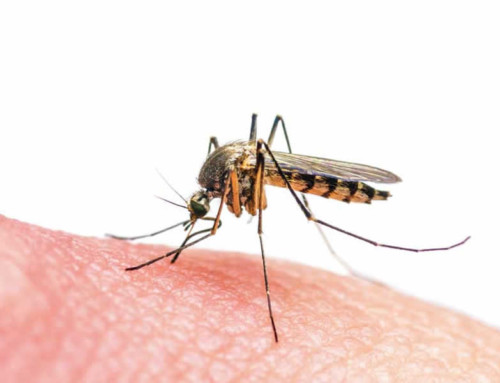It’s easy to take things at face value. We trust the FDA to put labels on our food that actually mean the things they say. Unfortunately, the FDA has majorly fallen short of this integrity we give them. Many of you already know that organic doesn’t mean“no pesticides;” it means no synthetic pesticides were used. Free-range doesn’t mean an open pasture; it means the animal has access to a small door in order to go into a small fenced yard. All-natural doesn’t mean natural or organic, in fact, it doesn’t really mean anything.
It’s getting harder and harder to trust the FDA. Especially when you find out that “gluten-free” labeled products still have gluten in them, and that “dairy-free” product labels actually have no meaning behind them whatsoever.
How is this even plausible? Let’s take a look at what these labels on your food actually mean.
The Gluten-Free Label
The myth: When first going gluten-free, many consumers reach for products that replace their wheat products to help ease the transition: gluten-free bread, pasta, pancakes, cookies, etc. All are delicious, but they’re not really whole foods. But that’s beside the point. The point is, if you get diagnosed with celiac disease and your villi are royally screwed, you find comfort in a “gluten-free” label because to you that label means: “Hey, I can eat this! All hope is not lost!”
The truth: The truth is that gluten-free foods are still allowed to have gluten in them, as the FDA regulations dictate that the food contain no more than 20ppm or more of gluten. The truth is that people with celiac disease can react to numbers far below 20ppm—the body can detect gluten at and below the 3ppm level, which is how low gluten can be tested for. You can’t test down to 0ppm, it’s just not possible right now.
This means: Gluten-free does not mean that all gluten is removed. It means that by the FDA’s lovely standards it contains 20ppm or less of gluten. How much is that? About 20 mg of gluten in 35.27 ounces of food. Find out more about that number here. It’s tempting to reach for those prepackaged foods to make life with gluten intolerance and celiac easier, but the truth is, misunderstanding this label could make you sick.
Oh, and just for kicks, I love this page from the FDA that claims the gluten-free label is now legit at the 20ppm rule. Honestly, you just really have to love it.
The Dairy-Free Label
I get it. You feel dumb, right? How could gluten-free not mean gluten-free? Exactly what kind of circus are we running around here? You’re not alone. Millions of people have felt confused, angry, frustrated, and baffled by the FDA and its decisions on how to label our food.
Let’s get to dairy. This is my favorite one, because it makes absolutely no sense.
The myth: “Non-dairy”, “Dairy-free”, and “Milk-free” labels mean that the product does not contain any dairy or milk products. These products are presumably safe for people with allergies and intolerance to dairy.
The truth: The really sad truth is that your dairy-free label means absolutely nothing. There are no existing regulations for this term, meaning that basically anyone can put this label on their product and have nothing to back it up. Any product labeled “dairy-free” doesn’t mean anything and yes, it can STILL have milk in it. What about non-dairy? There are regulations in place for this label, but these regulations dictate that casein, a protein in milk, is allowed in there. This label does NOT mean the product is free of milk. And milk-free? Well, I actually couldn’t find anything about this term, meaning someone probably made that crap up and stuck it on their product just because they could when really the product still contains dairy (I’m talking to you, PB8 Probiotics!)
This means: You need to be extremely scrutinizing when you read labels. Know the different names for dairy. Lactose, casein, and whey are all dairy. Just because something says lactose-free or casein-free doesn’t mean it doesn’t have dairy. If you’re confused at all, research the product, the ingredients, and when in doubt, contact the company. Any company worth anything should be open and honest about what their labels mean.
The Conclusion
It sucks, right? You can’t take anything at face value. You have to read the ingredients. Know the different names for wheat. Know that the dairy-free statement doesn’t have any credibility. If you suffer from food allergies or intolerances, knowledge is power. Just because the label says it’s true doesn’t mean that it’s actually true. Apparently food labeling has become much more of a marketing gimmick than a statement of truth. Be informed. Do the research. Don’t trust others to do it for you!
Article Courtesy JENN RYAN
